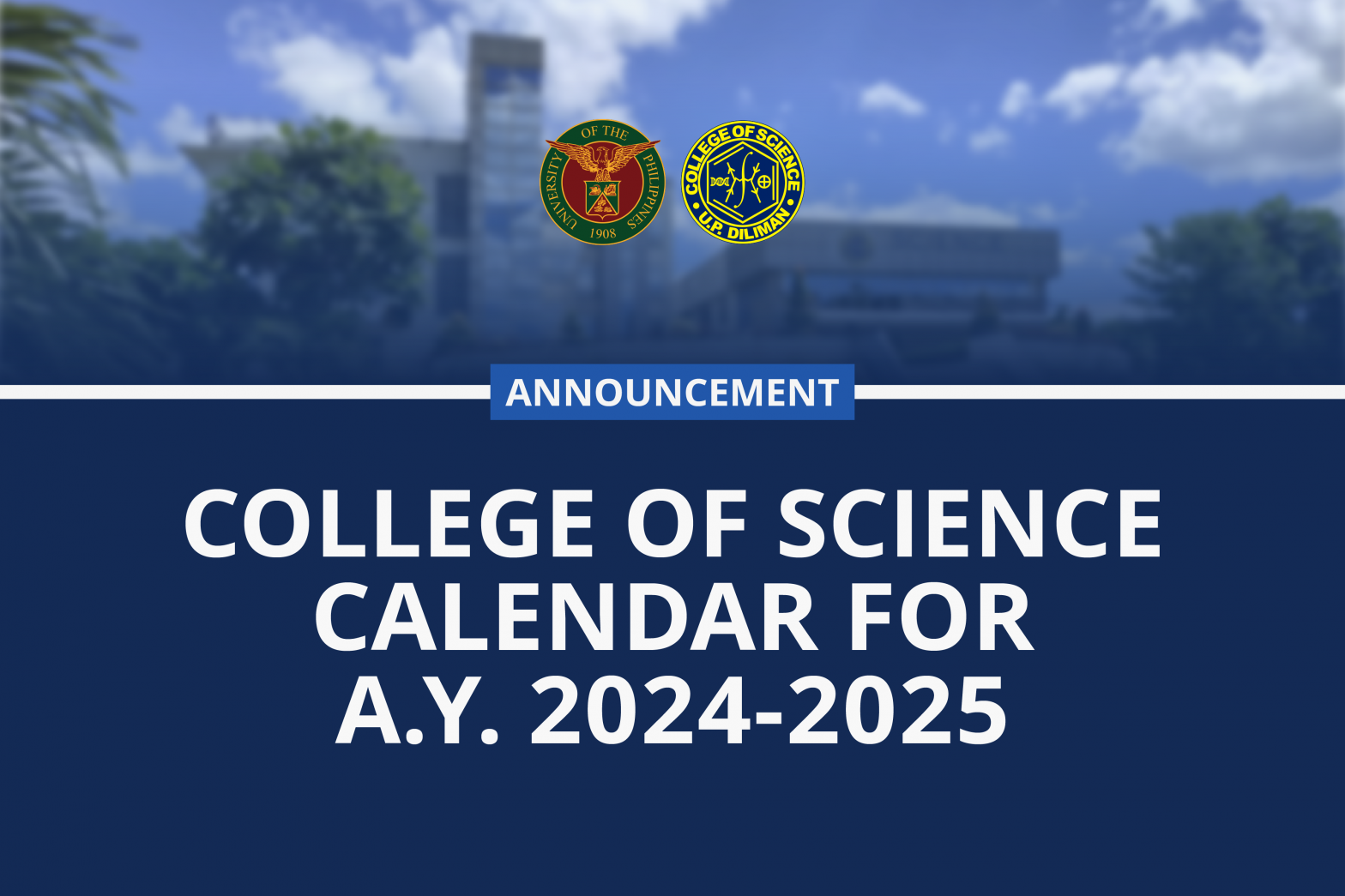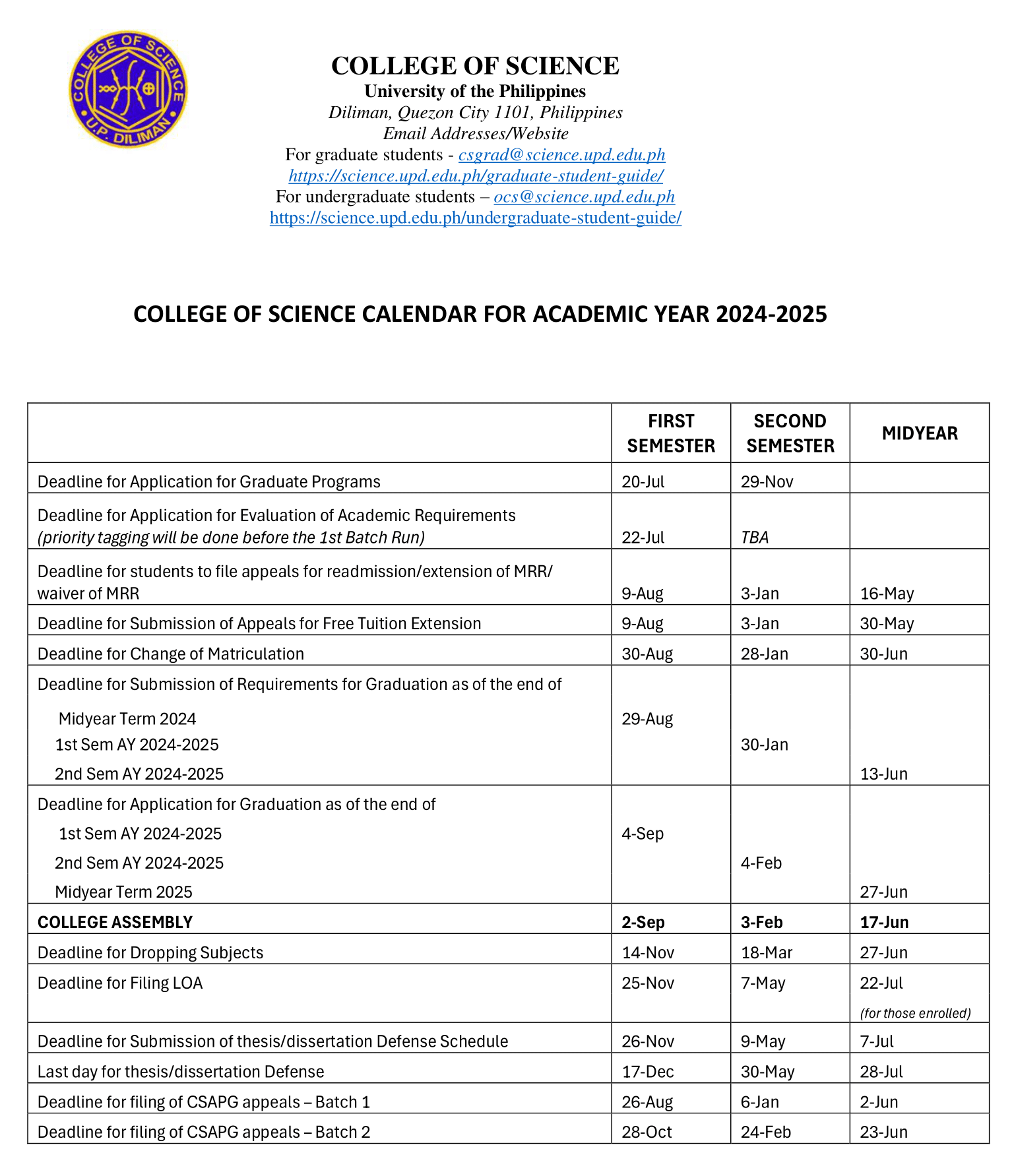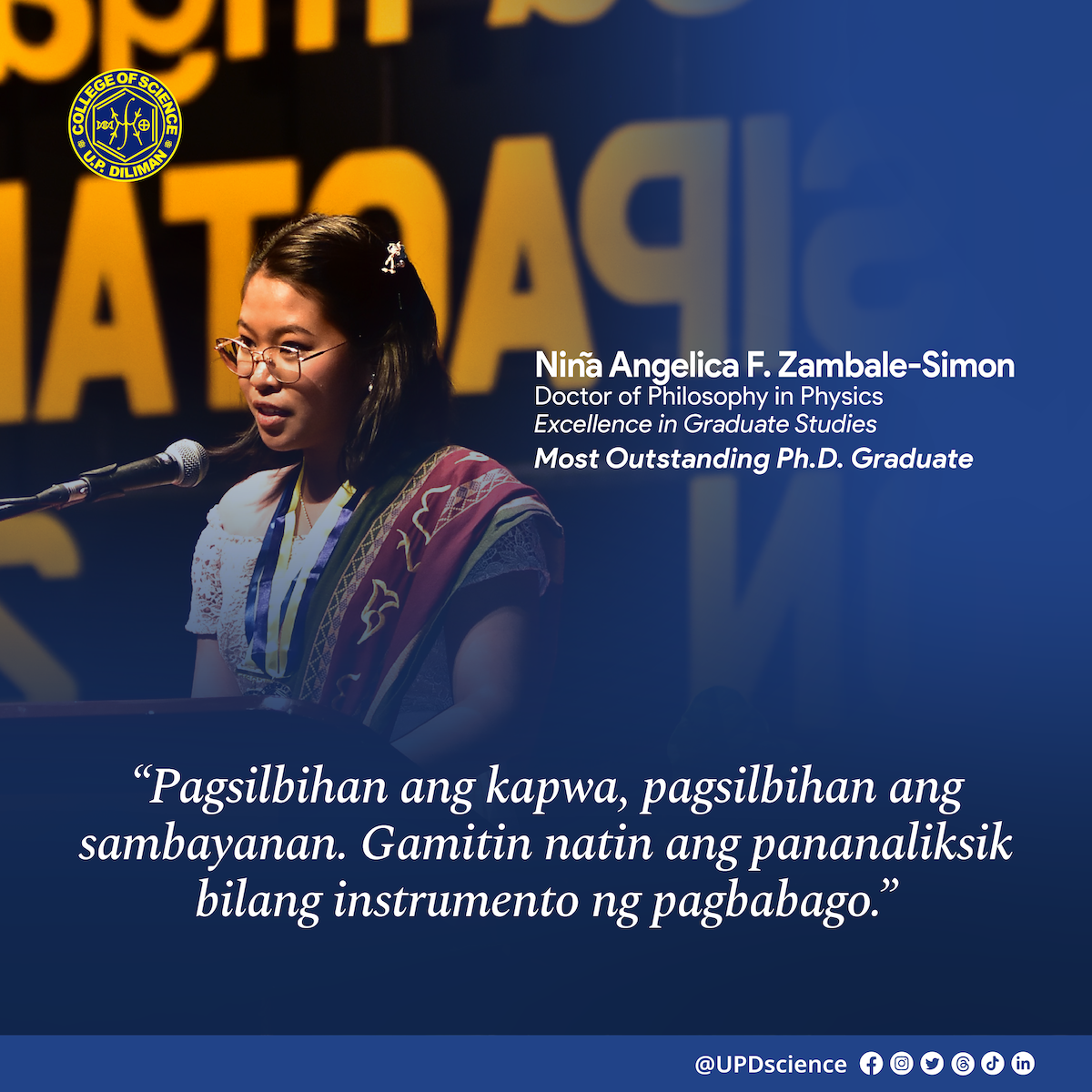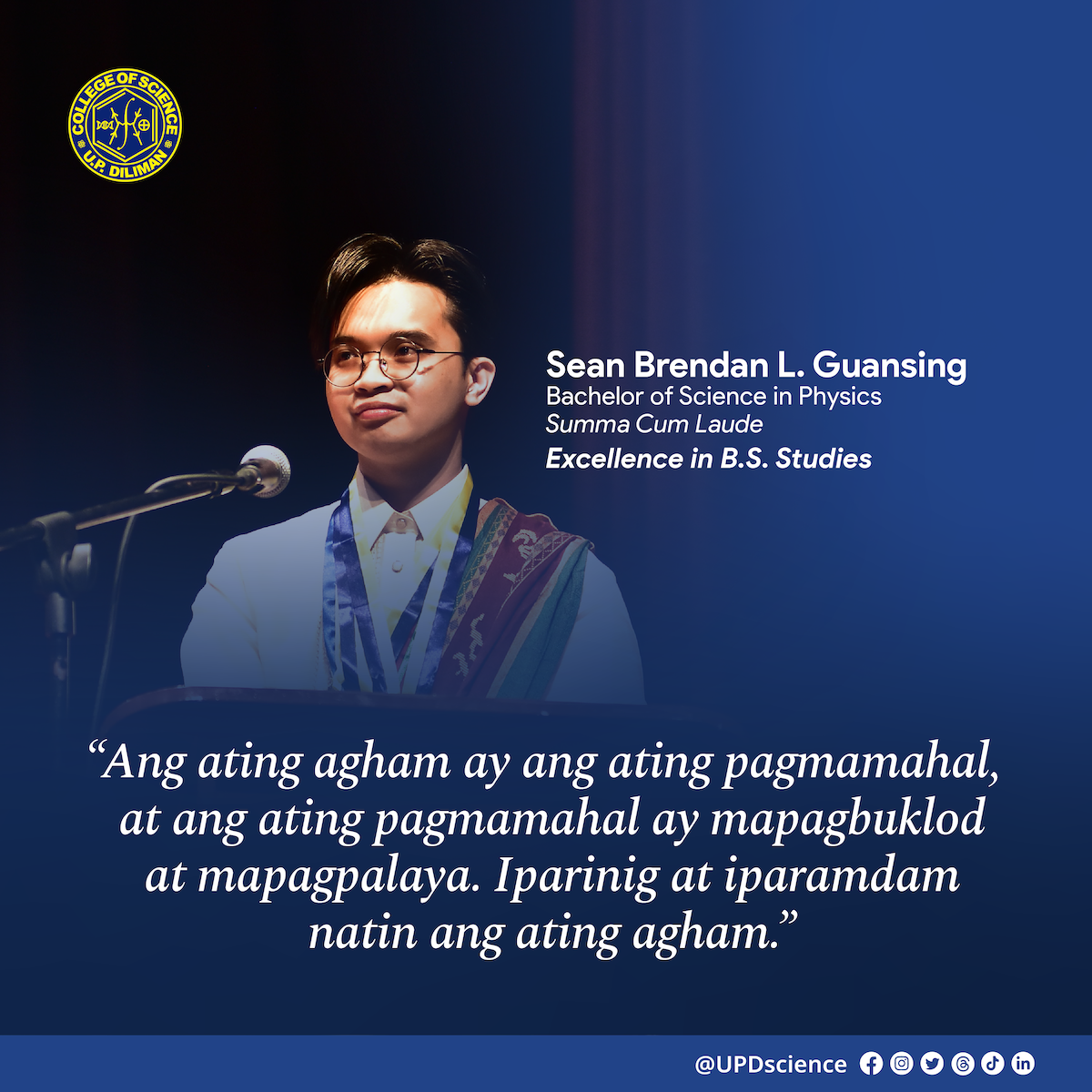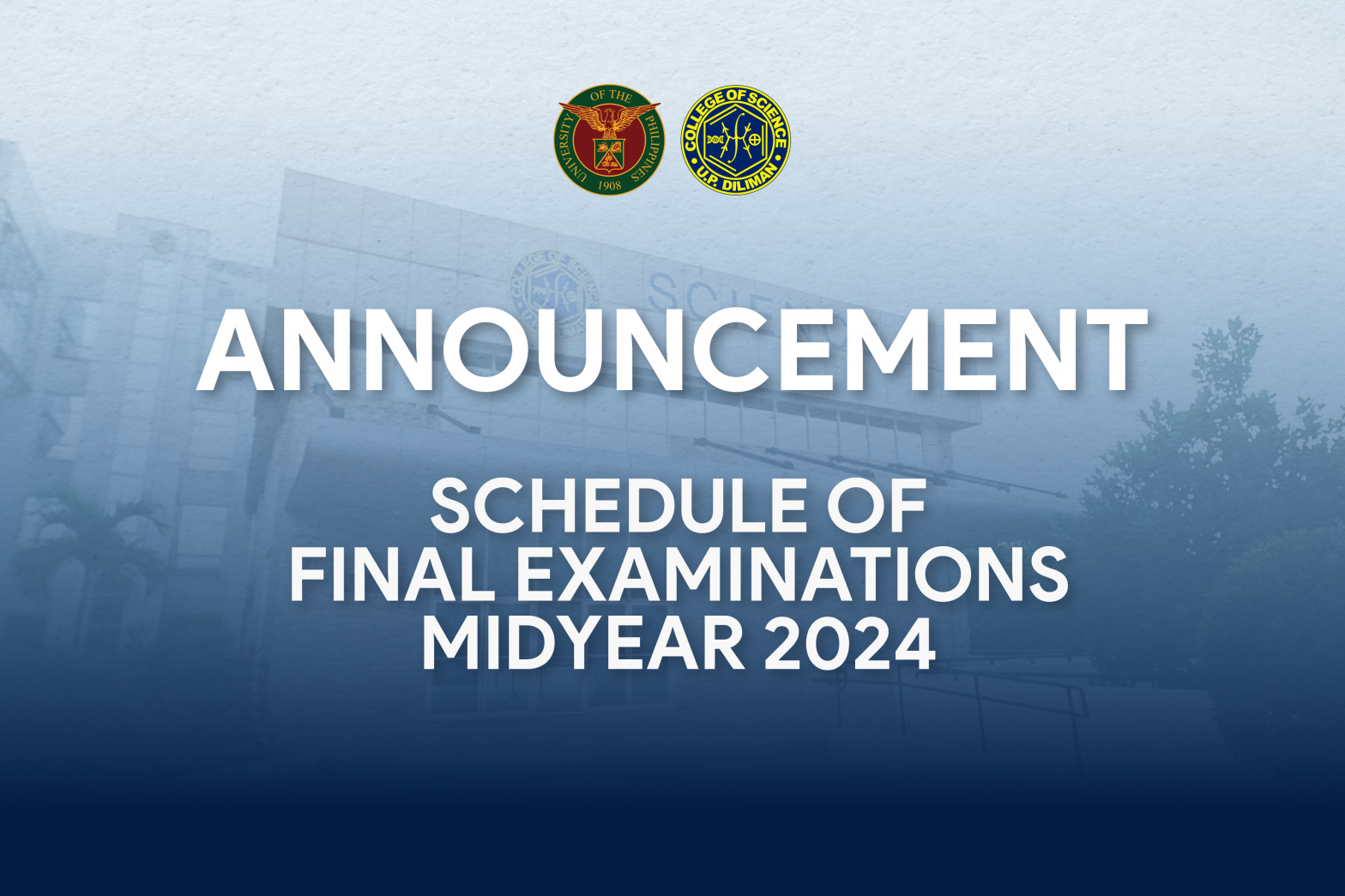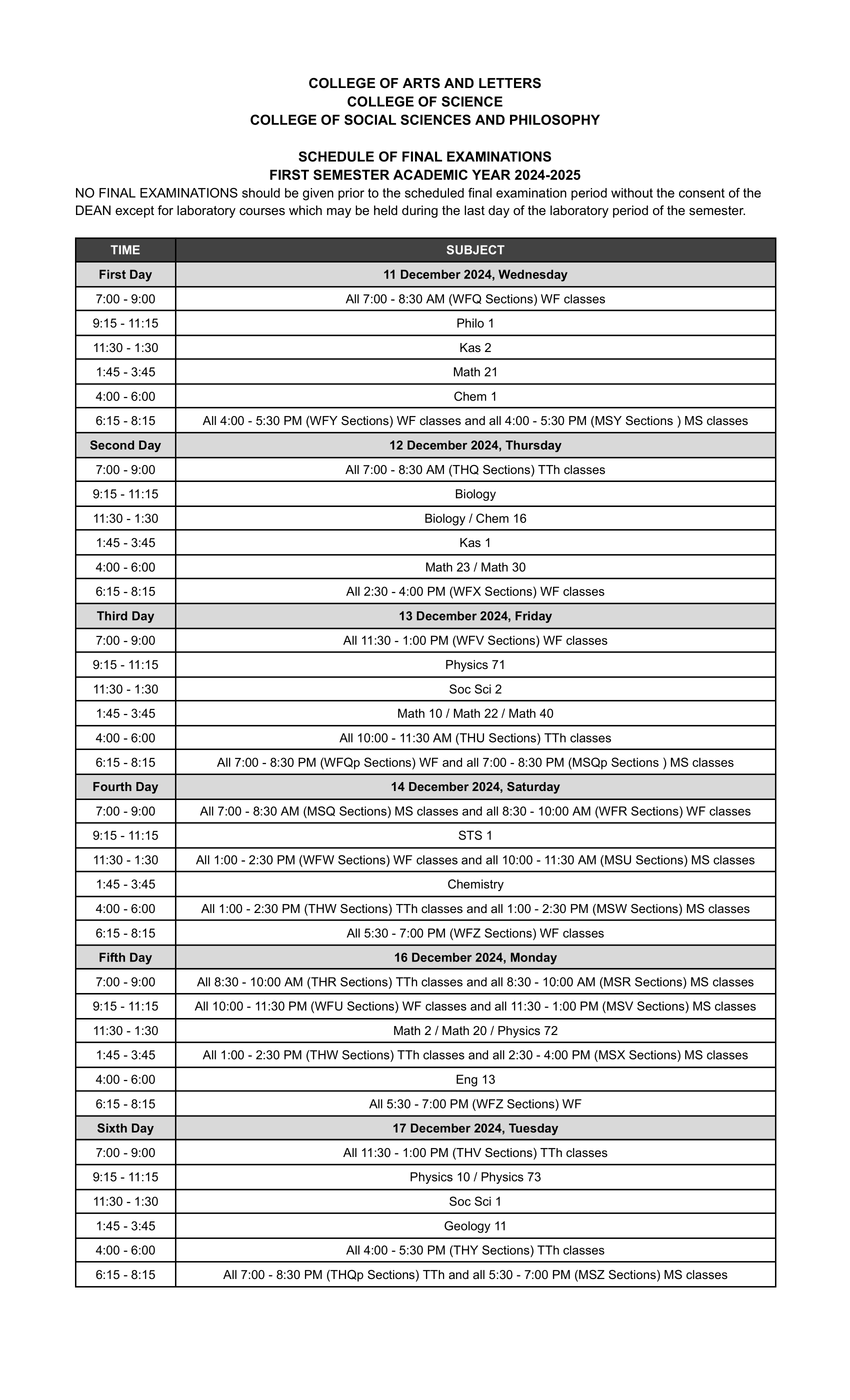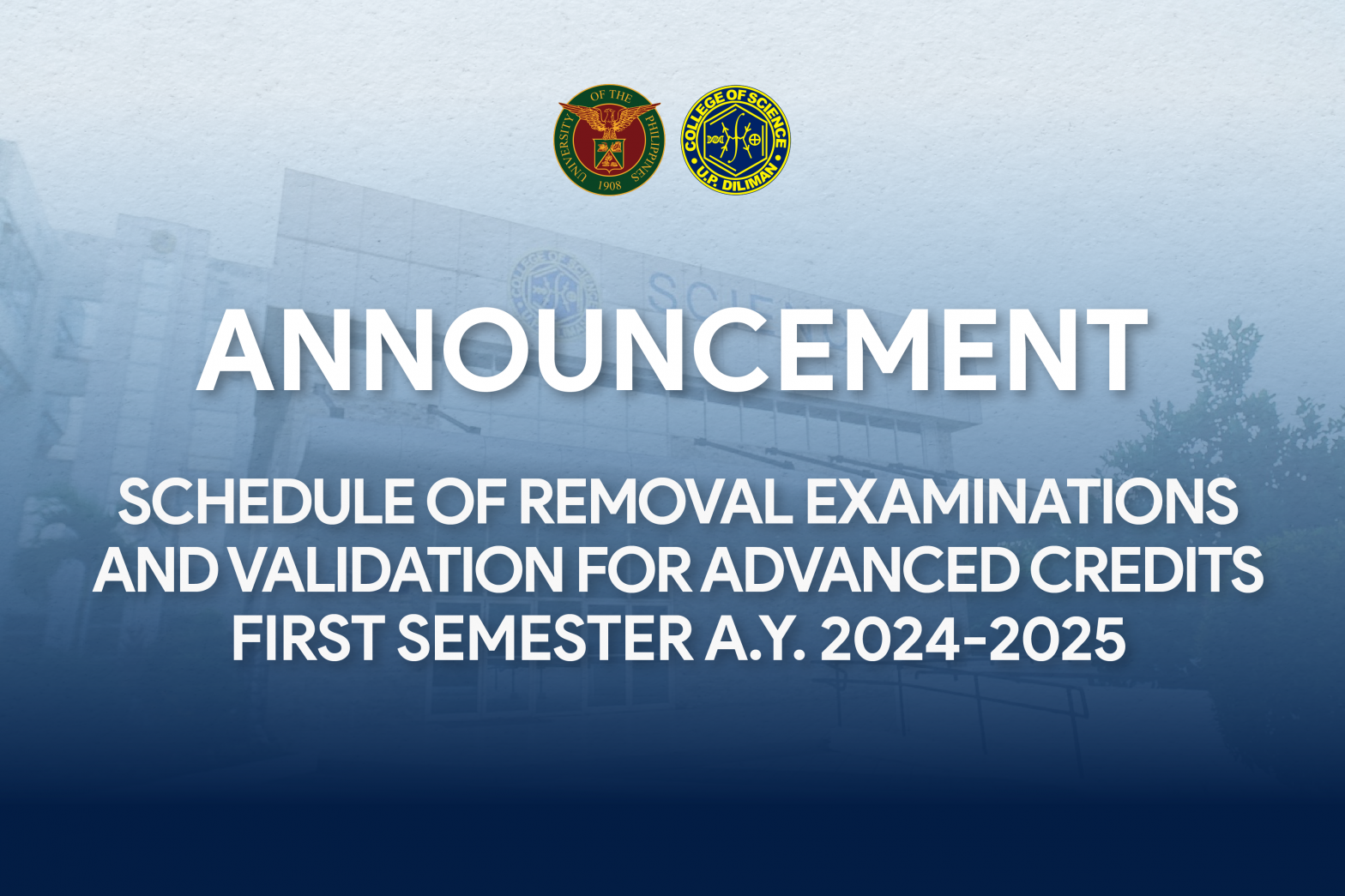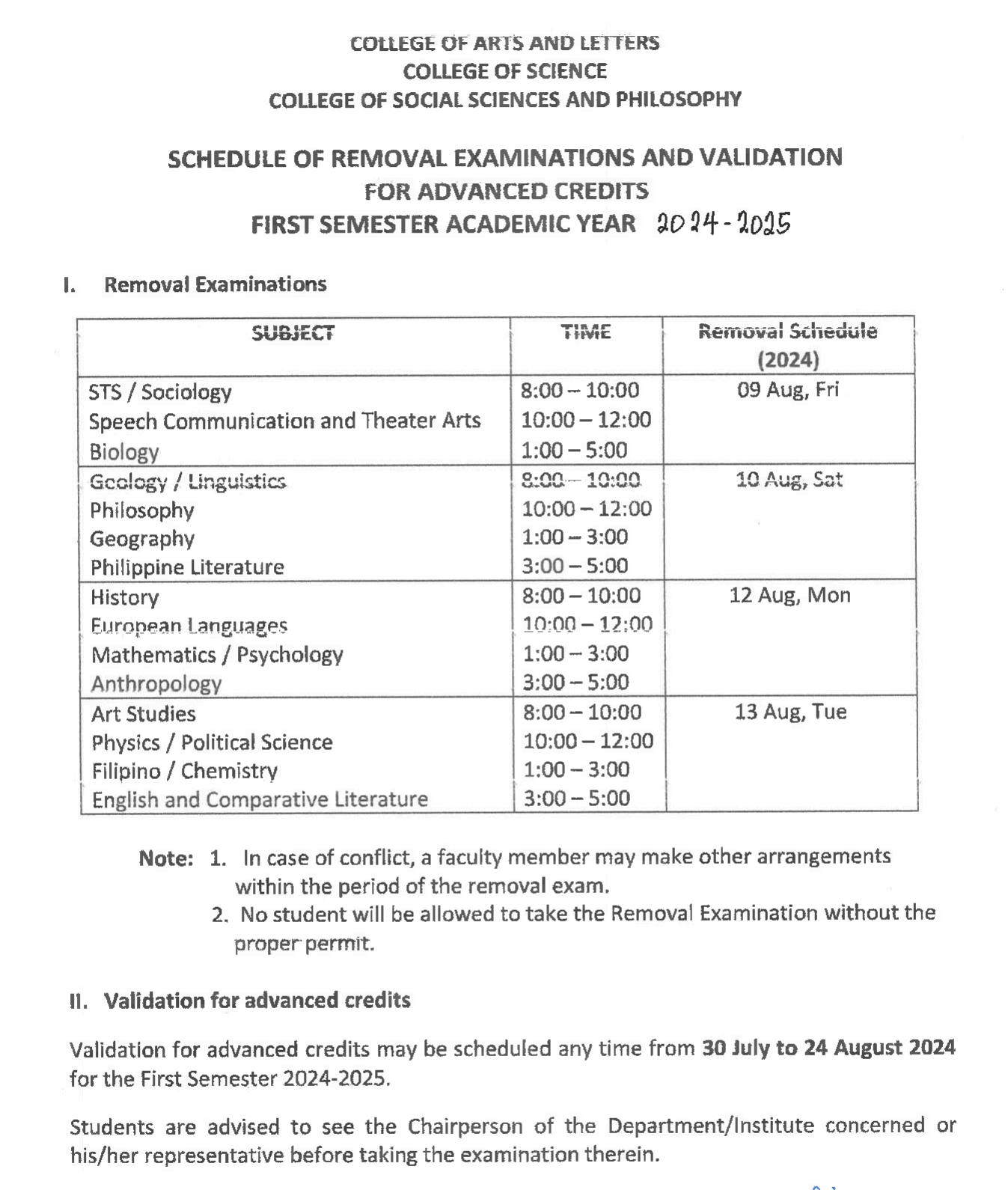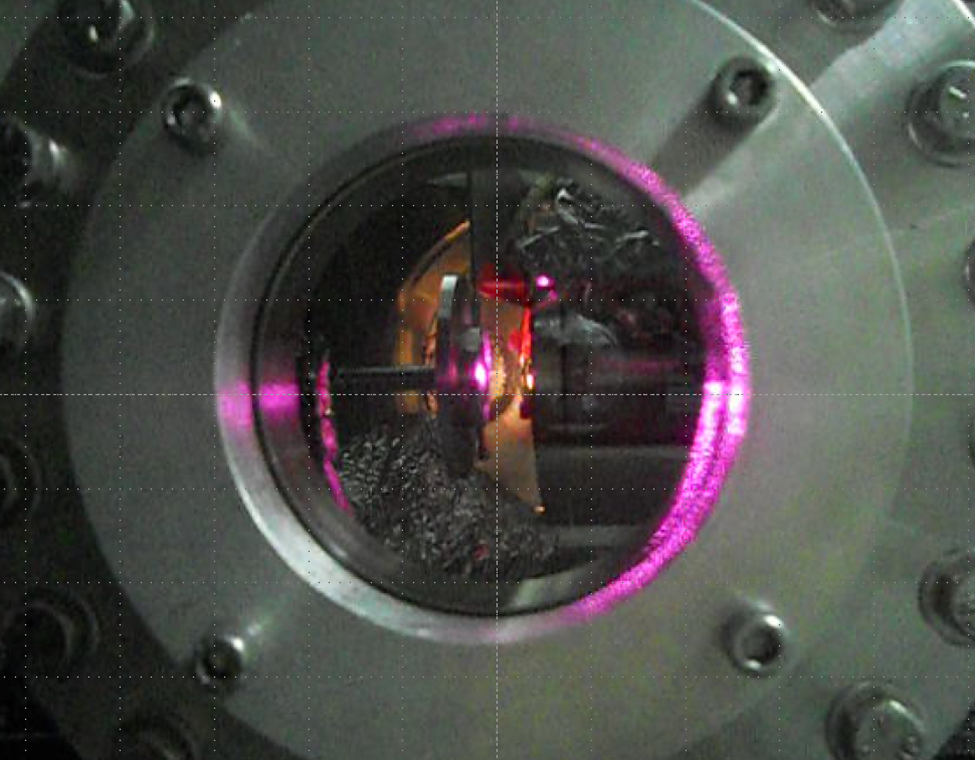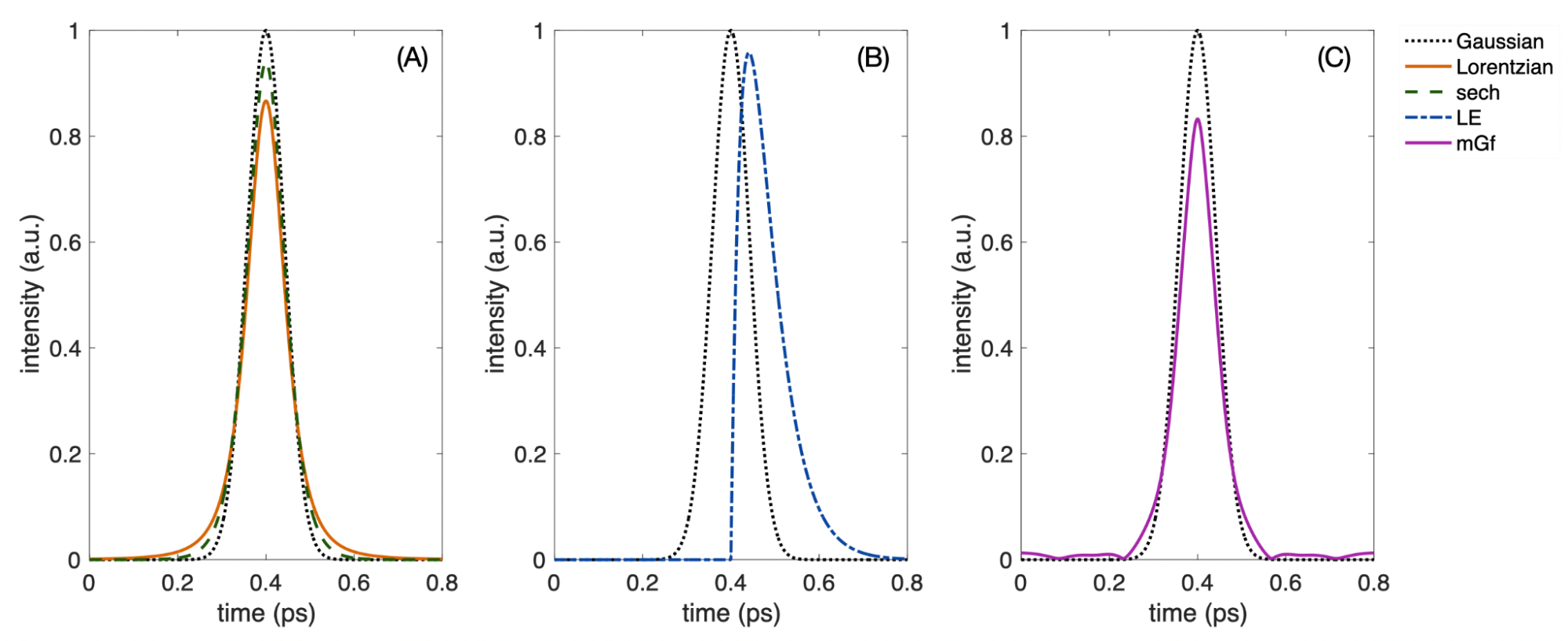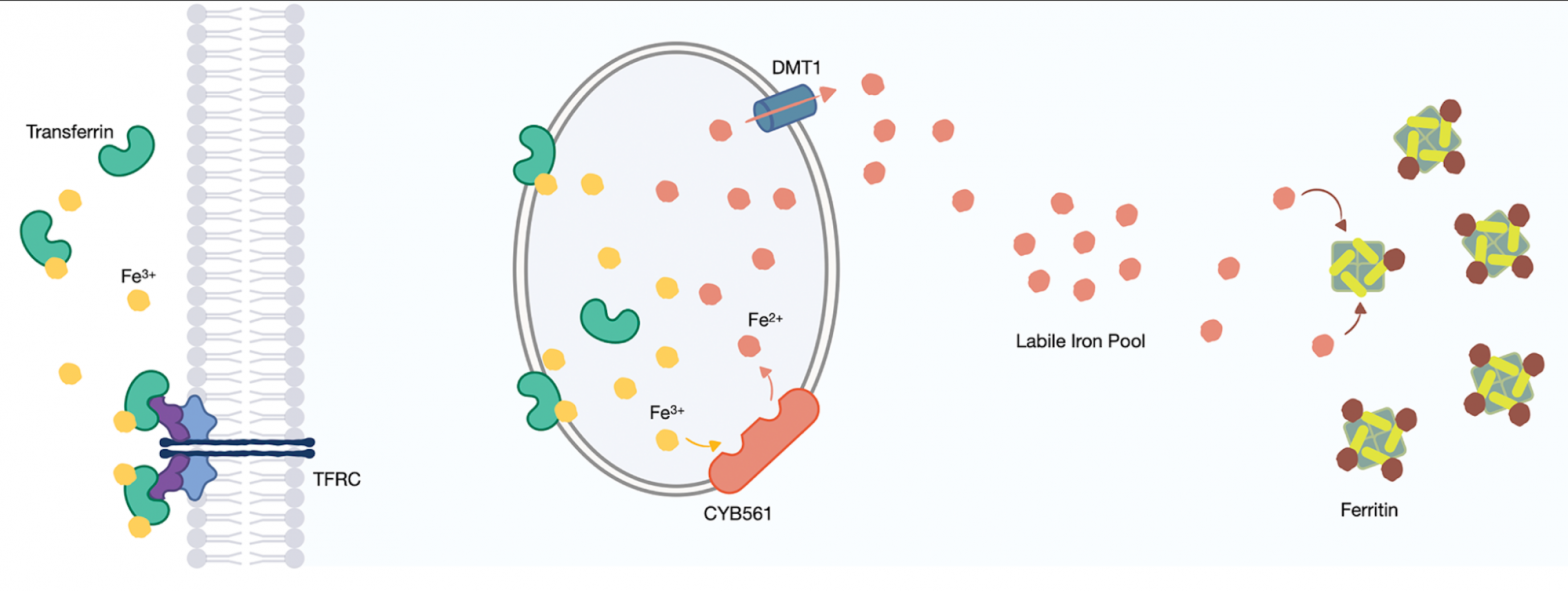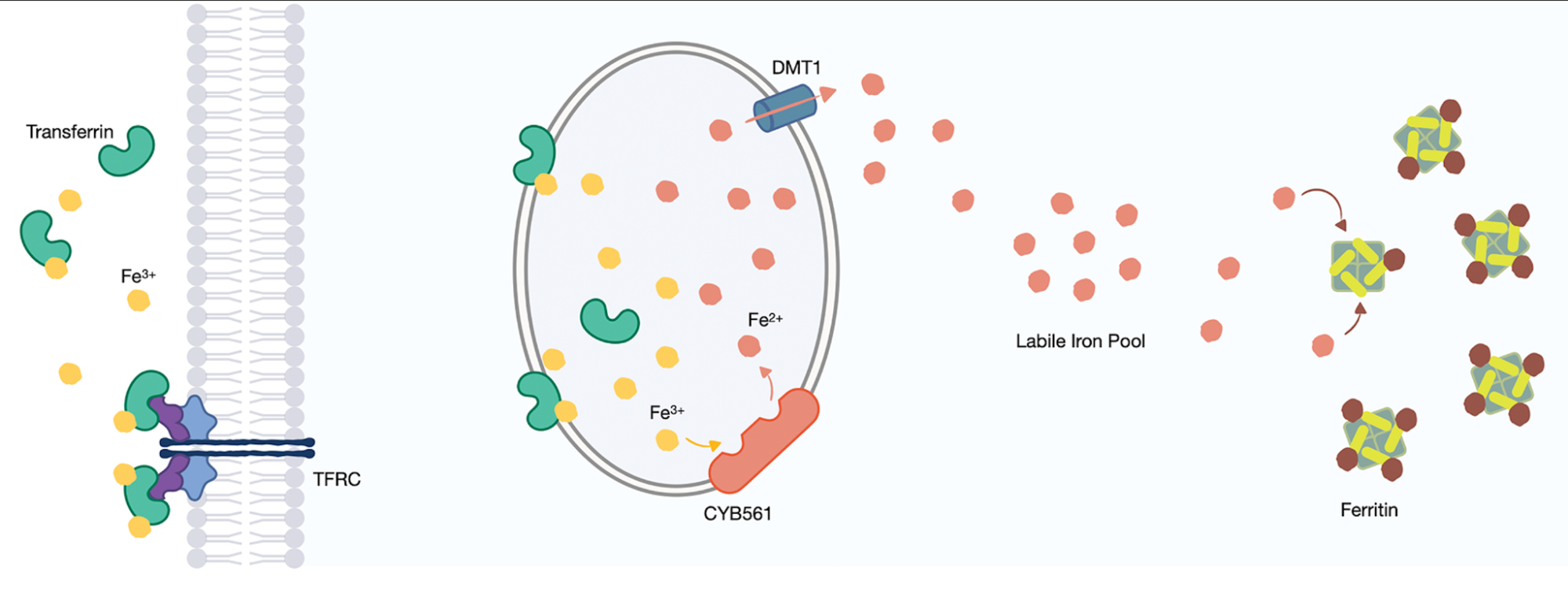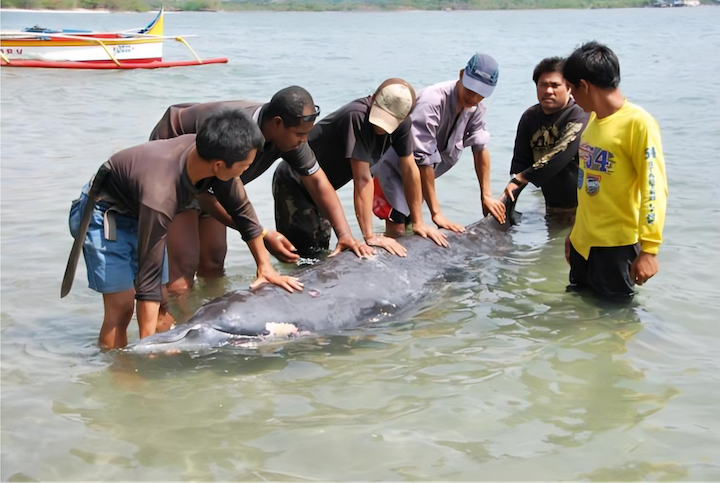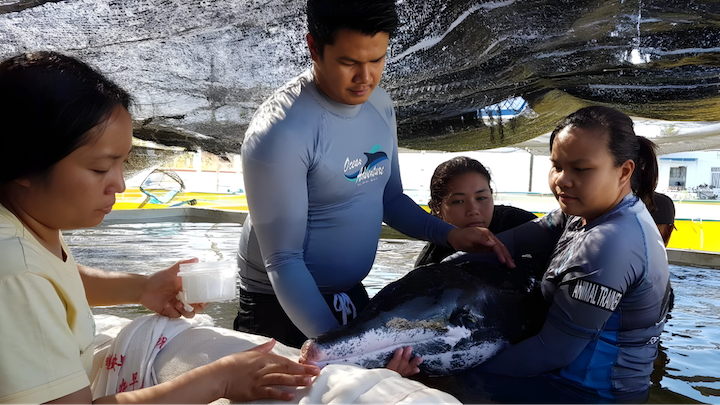UP Researchers Investigate E. coli Levels in Urban Farm Vegetables
Published: August 27, 2024
By: Eunice Jean C. Patron
A type of bacterium called Escherichia coli (E. coli), found in the feces of humans and animals, is often released into bodies of water such as streams. Although most E. coli strains are harmless, some can cause foodborne diseases such as gastroenteritis, typhoid fever, and dysentery. Feces are a major source of microbial contamination in fresh produce. With the rise of urban farming in the Philippines during the COVID-19 pandemic, it is essential to monitor fresh produce from urban farms to recognize and address food safety issues immediately.
Scientists from the University of the Philippines – Diliman College of Science (UPD-CS), supported by the Department of Agriculture – Bureau of Agricultural Research (DA-BAR), assessed vegetables from wet markets and urban farms in Metro Manila during the peak of the pandemic to detect and quantify the presence of E. coli.
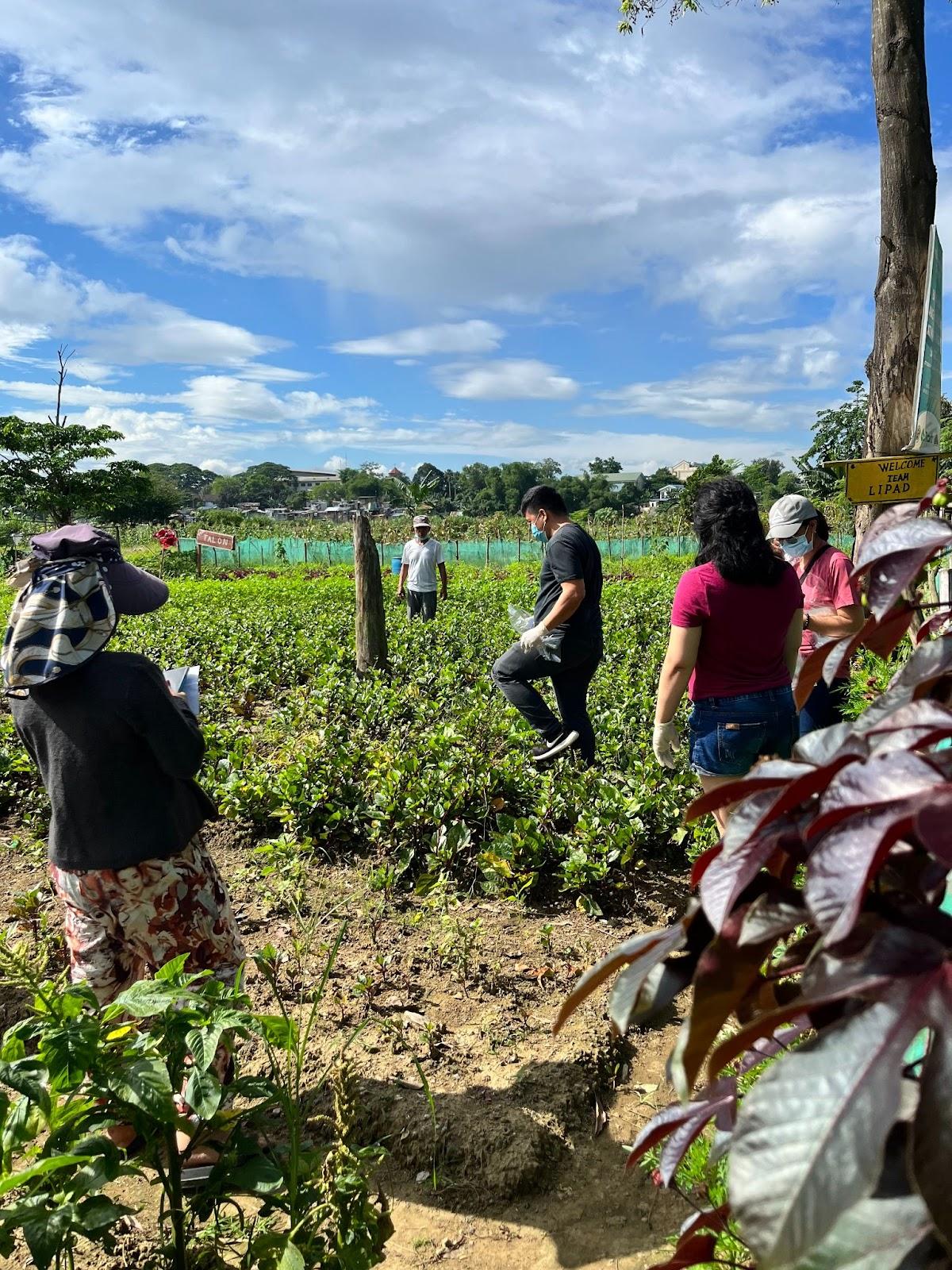
Researchers gather samples of mustasa, or mustard greens (Brassica juncea), at New Greenland Farm in Bagong Silangan, Quezon City. (Photo credit: The Research Team)
Dr. Pierangeli Vital, Donnabel Sena, Czarina Jay Catapat, and Ma. Christine Jasmine Sabio from the UPD-CS Natural Sciences Research Institute (UPD-CS NSRI), along with Dr. Windell Rivera of the UPD-CS Institute of Biology (UPD-CS IB) gathered 419 vegetable samples from three urban farms and four major wet markets in Metro Manila. The group detected E. coli in 13.60% of all the samples. The presence of E.coli in the samples from urban farms was also higher than in the samples obtained from wet markets.
According to Dr. Vital, high levels of E. coli in the samples from urban farms could be linked to various factors, such as lack of thorough post-harvest processing, unlike the samples from wet markets. “As observed in the urban farm sampling sites, they frequently use rainwater, pond water, and well water for irrigation, mainly for economic reasons, but this increases the risk of bacterial contamination,” she said.
Animals such as dogs, cats, and chickens often roam around urban farms, which raises the risk of microbial contamination in the irrigation water and soil where the vegetables grow. The researchers considered these as areas for improvement in developing urban farming practices.
“This research, together with our past research on agricultural food safety, is and was used in creating and adopting Philippine National Standards (PNS) on pre- and post-harvest microbial food safety in agriculture, with initiatives spearheaded by the DA – Bureau of Agriculture and Fisheries Standards (DA-BAFS),” shared Dr. Vital.
The researchers stated in their paper that the results could provide a factual basis for regulating, controlling, and eliminating food pathogen contamination in fresh produce, thereby helping policymakers implement regulations that ensure food safety. Even so, Dr. Vital mentioned that preventing foodborne illnesses such as E. coli can also be done by Filipinos in their own homes.
“Proper handling and cooking must be practiced at home, which involves simple steps such as thoroughly washing hands and kitchenware as well as disinfecting table surfaces when preparing food, using clean water when washing vegetables, effectively separating cooked and raw foods, and storing food the right way,” Dr. Vital added. “Following these simple steps can significantly help reduce the risks of foodborne illness at home and in the community.”
They plan to include more surveillance of relevant foodborne pathogens and conduct the study on a national level, in addition to investigating the antimicrobial resistance of the bacteria. These endeavors will provide significant data for analyzing trends in microbial food safety in the Philippines.
The paper, titled “Thermotolerant Escherichia coli contamination in vegetables from selected urban farms and wet markets in metro Manila, Philippines at the height of COVID-19 pandemic,” was published in the Asia-Pacific Journal of Science and Technology, a peer-reviewed journal covering research fields such as engineering, agricultural sciences, technology, and health sciences.
For interview requests and other concerns, please contact media@science.upd.edu.ph.
References:
Vital, P., Rivera, W., Sena, D., Catapat, C. J., & Sabio, M. C. J. (2024). Thermotolerant Escherichia coli contamination in vegetables from selected urban farms and wet markets in Metro Manila, Philippines at the height of COVID-19 pandemic. Asia-Pacific Journal of Science and Technology, 29(03), APST–29. https://doi.org/10.14456/apst.2024.44

